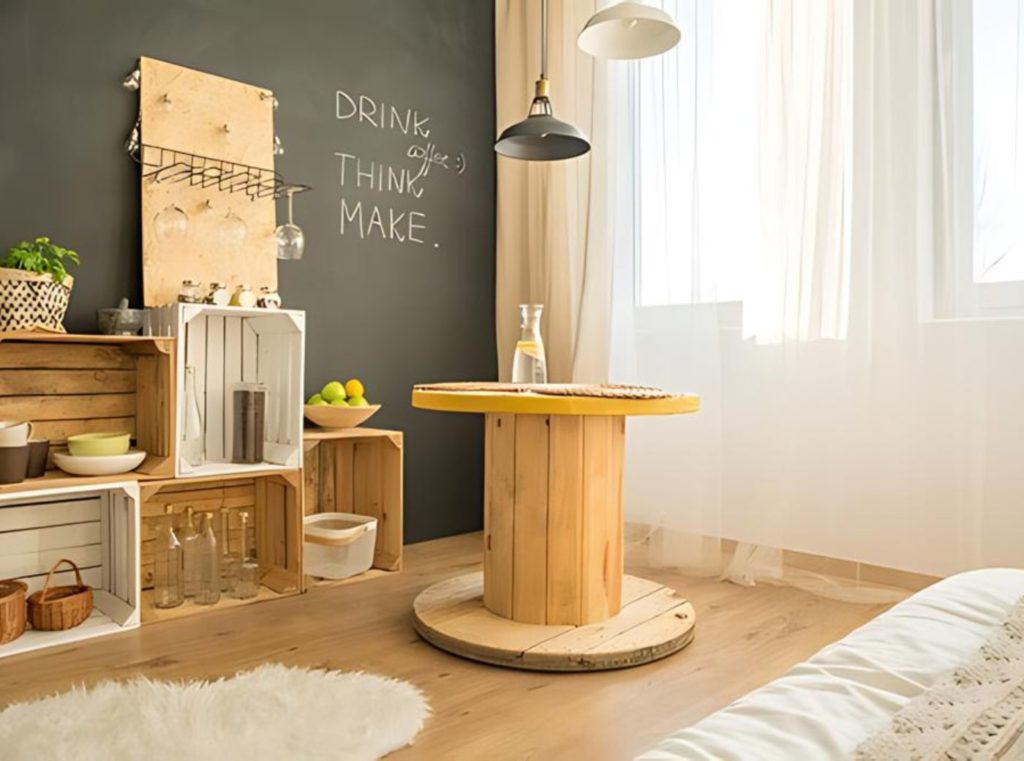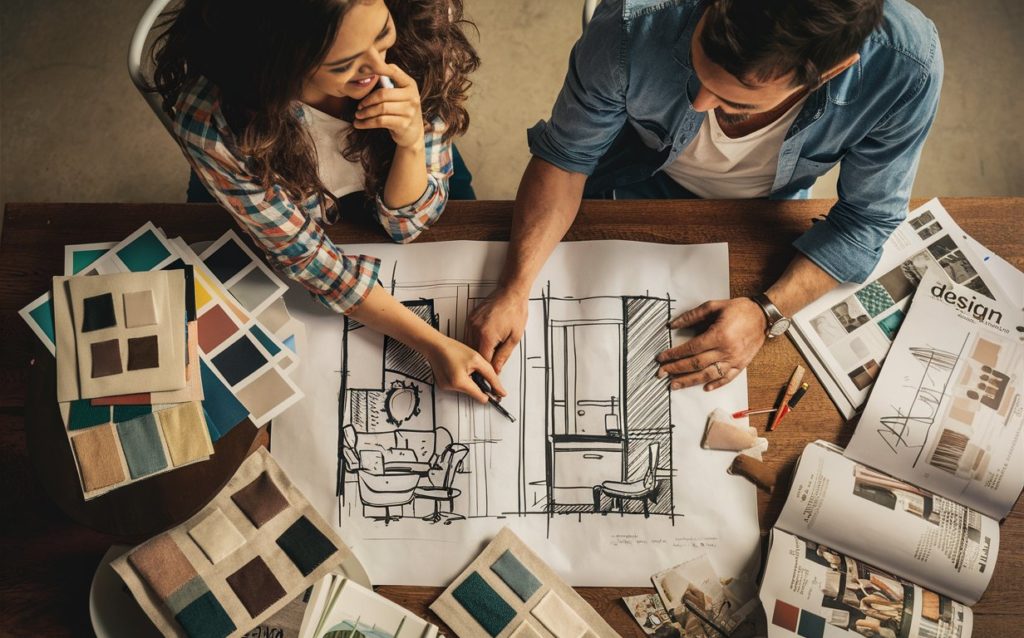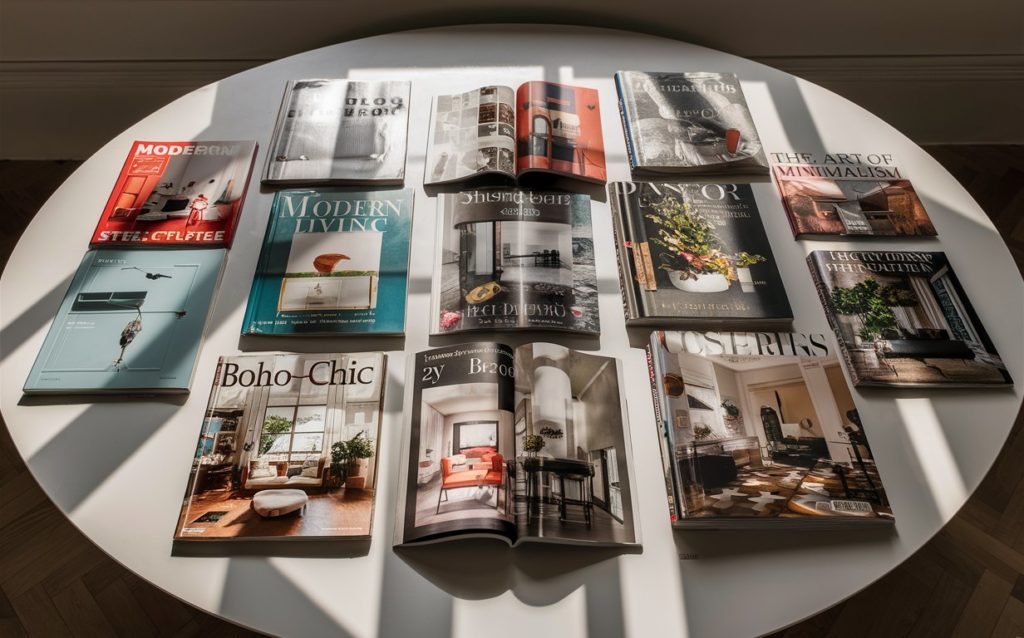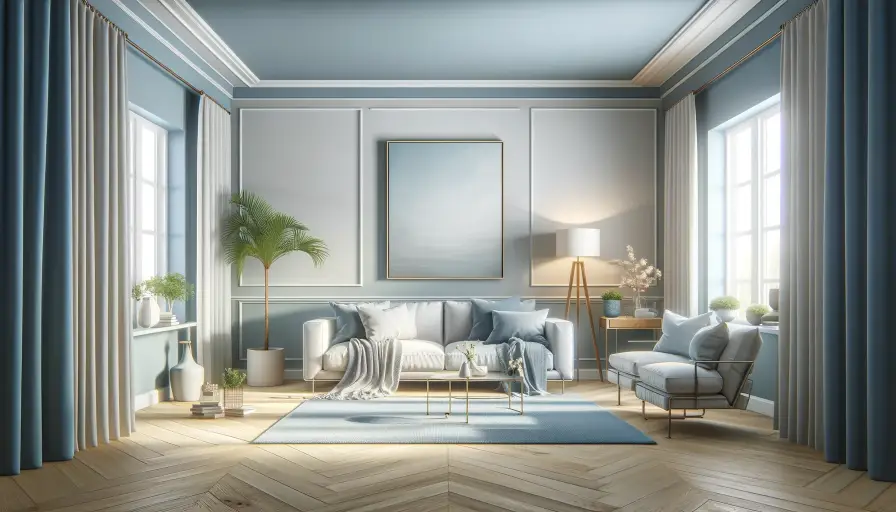Introduction
In today’s urban lifestyle, compact living is increasingly common—from studio apartments and tiny homes to micro-offices and boutique retail stores. But limited square footage doesn’t mean limited potential. With strategic design, even the smallest spaces can feel open, functional, and stylish. This is where expert interior design services come into play, ensuring that small spaces are not only functional but also aesthetically pleasing.
With advanced design tools like Foyr Neo, transforming limited spaces into stylish and efficient environments has never been easier.
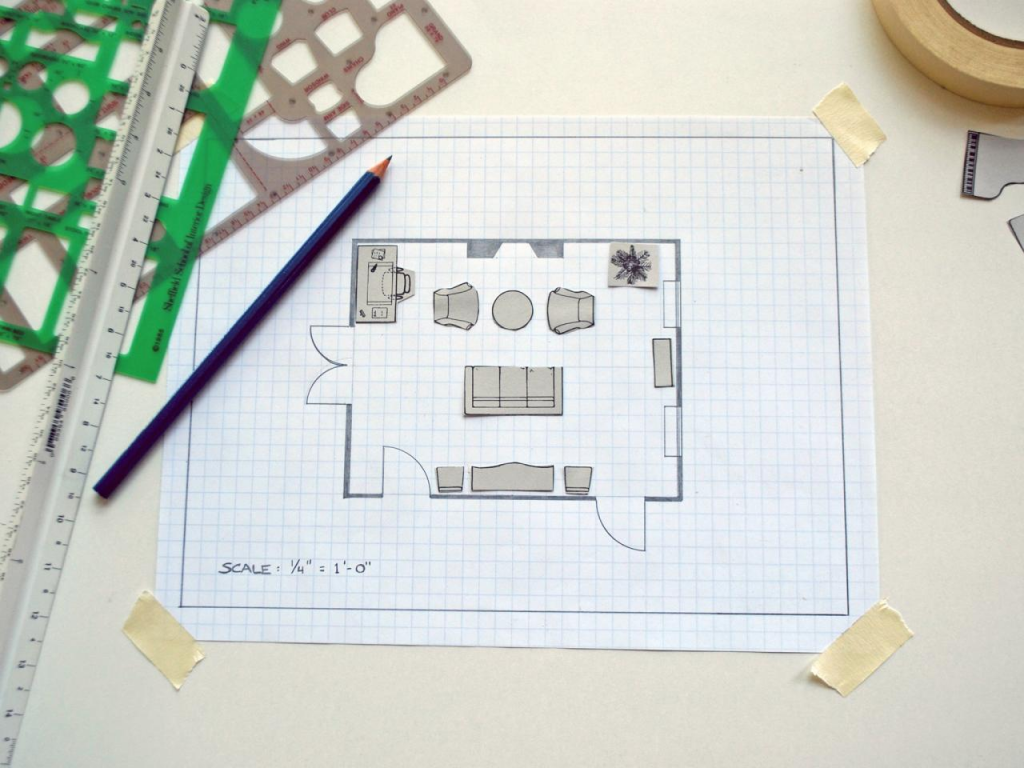 Why Small Spaces Are Challenging (and Full of Opportunity)
Why Small Spaces Are Challenging (and Full of Opportunity)
Designing for small spaces means transforming limitations into opportunities for mindful living. Constraints can foster greater creativity—encouraging you to think intentionally about how each piece of furniture or design element serves your life. By embracing these boundaries, designers and homeowners alike are often pushed toward solutions that are not only efficient, but deeply personal and adaptable. Using a room layout planner can further support this process by helping visualize and organize the space effectively. Common challenges include:
- Lack of storage: Where do you put all your stuff without cluttering up the room?
- Awkward layouts: Many small apartments or old homes lack logical flow.
- Poor lighting: Limited windows can make a room feel cramped.
- Limited flexibility: It’s harder to create multi-use zones like a workspace in a bedroom.
Yet with the right tools and strategies, these limitations can become design opportunities.
Read also – 6 Steps To Design Your Dream Home
 Key Design Strategies for Small Spaces
Key Design Strategies for Small Spaces
1. Use Multifunctional Furniture
Furniture that serves more than one purpose is essential:
- Sofa beds and Murphy beds: Ideal for studio apartments or guest rooms.
- Lift-top coffee tables: Double as dining or work surfaces.
- Ottomans with storage: Provide seating, table space, and hidden storage.
- Drop-leaf dining tables: Expand only when needed.
Example: In a 400 sq. ft. apartment, replacing a traditional bed with a Murphy bed freed up floor space for a home office during the day.
2. Maximize Vertical Space
When floor space is scarce, go up:
- Wall-mounted shelves, desks, and fold-out tables
- Tall bookshelves and cabinets
- Hooks behind doors or hanging organizers
Keyword angle: “vertical storage solutions for small apartments”
3. Create the Illusion of More Space
Make your room feel bigger with these immersive design strategies—visual and beyond:
- Mirrors: Reflect light and expand visual space.
- Light colors: Use airy, neutral hues to visually open up walls and ceilings.
- Scent: Incorporate subtle, fresh scents like citrus or lavender to promote a sense of cleanliness and calm, making the space feel fresher and more expansive.
- Sound: Soothing background audio—like soft music or a white noise machine—can reduce mental clutter and help a room feel more peaceful and spacious.
- Tactile materials: Use soft, breathable fabrics like linen or cotton and sleek surfaces like polished wood or glass to enhance the sensory feel of openness.
- Sheer window coverings: Let in natural light without sacrificing privacy.
- Simple lines: Choose furniture and decor with clean silhouettes to avoid visual heaviness.
- Mirrors: Reflect light and expand visual space.
- Light colors: White, beige, or pale gray walls help create an open feel.
- Sheer window coverings: Let in natural light without sacrificing privacy.
- Simple lines: Avoid bulky furniture and loud patterns that overwhelm a small room.
Example: A designer used full-length mirrors opposite a narrow kitchen window to amplify natural light and make the space feel twice as wide.
4. Declutter Relentlessly
Small spaces demand discipline—and smart integration with your daily lifestyle. If you begin your morning with yoga or meditation, for example, design a dedicated area with a foldable mat and concealed storage for calming items like candles or essential oils. Similarly, if you work from home, opt for a wall-mounted desk with compartments to stow away work essentials after hours, seamlessly transitioning your living area from office to relaxation zone. Aligning decluttering strategies with your routine not only supports organization but makes the space feel intuitively responsive to your day-to-day rhythm.
- Embrace minimalism: Keep only what you love or use.
- Use hidden storage: Under-bed bins, hollow benches, toe-kick drawers in kitchens.
Create “zones”: Use rugs or furniture groupings to define areas without physical dividers.
Read also – 10 Best Client Management Tips for Interior Designers
How Foyr Neo Helps You Maximize Space
Foyr Neo empowers both designers and DIY homeowners to optimize small spaces through smart planning and visualization.
Visualize in 3D Before You Buy
- Instantly render photorealistic images of your space.
- Swap out furniture, finishes, and layouts to test what works best.
Plan Efficient Layouts
- Drag and drop furniture to test flow and spacing.
- Use real-world dimensions to avoid buying pieces that overwhelm a room.
Collaborate Easily
- Share designs with clients or roommates for input.
- Get feedback and revise in real-time.
Read also – 20 Client Presentation Ideas for Interior Designers
 Design Checklist for Small Spaces
Design Checklist for Small Spaces
- Choose light, cohesive colors.
- Incorporate mirrors to expand space.
- Use multifunctional or convertible furniture.
- Embrace vertical storage and wall-mounted solutions.
- Define zones using rugs or lighting.
- Declutter and hide storage.
Use Foyr Neo to visualize changes before implementing.
Read also – How 3D Rendering Can Increase Profits in Your Interior Design Business?
 Final Thoughts
Final Thoughts
Small spaces aren’t limitations—they’re invitations to get creative. With thoughtful planning and tools like Foyr Neo, you can design a space that’s compact yet complete, stylish yet functional.
Ready to transform your tiny space? Start Your Free Trial with Foyr Neo and bring your small space vision to life.



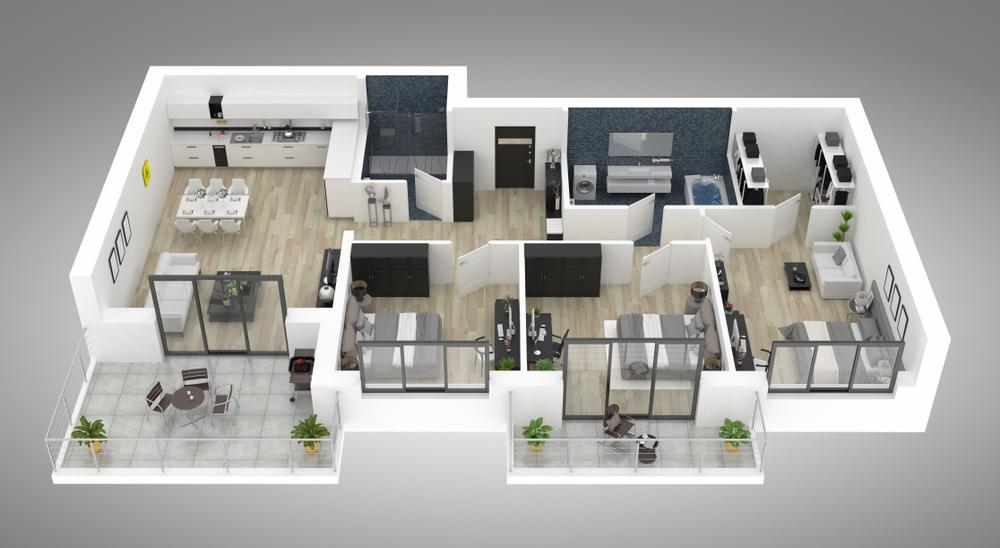 Key Design Strategies for Small Spaces
Key Design Strategies for Small Spaces
 Design Checklist for Small Spaces
Design Checklist for Small Spaces Final Thoughts
Final Thoughts
